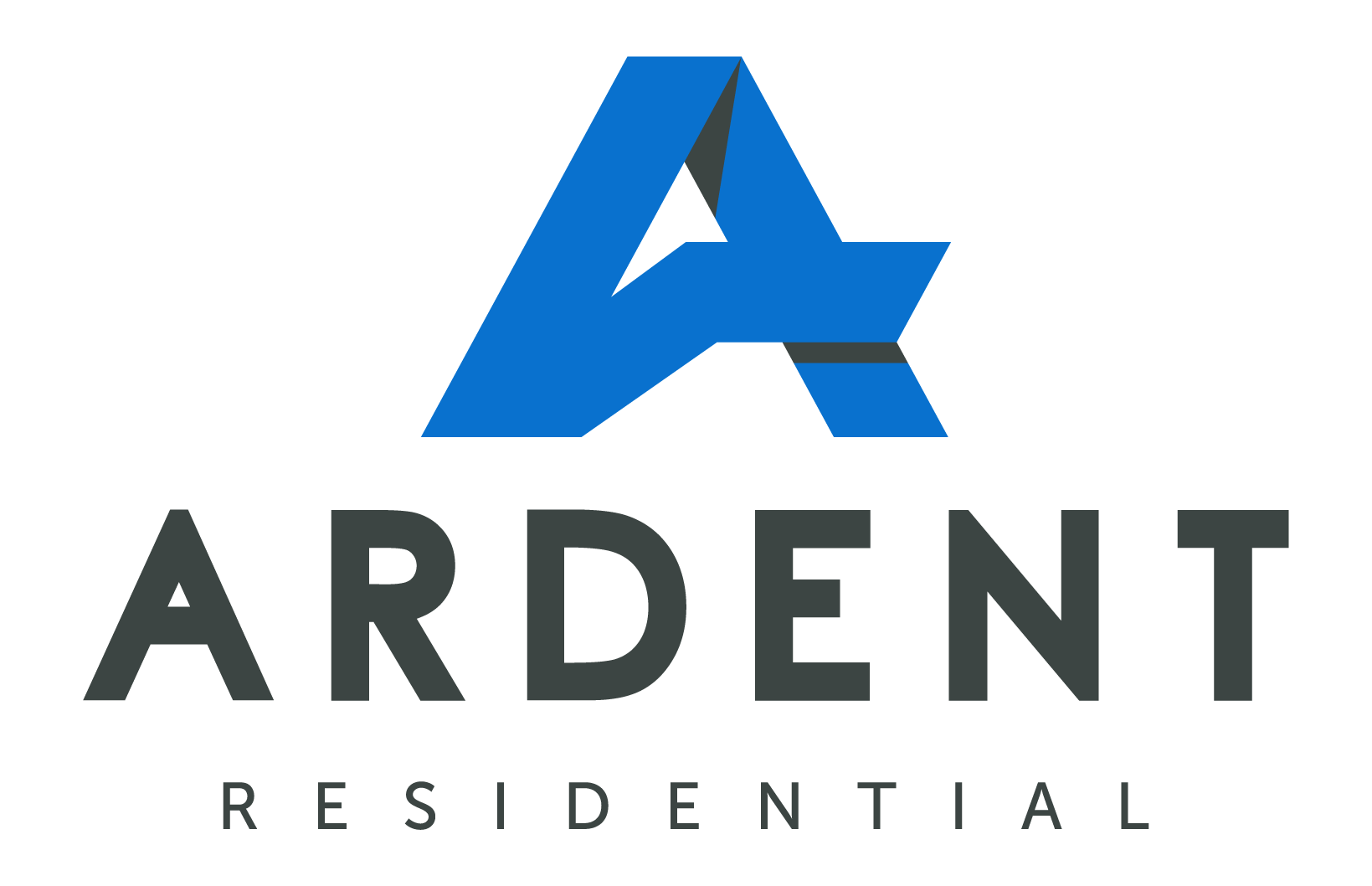No matter how reasonable a governing body might be, there will always be aspects that need improvement — sample HOA rules and regulations can help pinpoint the best ways of achieving this. For example, sometimes, there might be an ongoing nuisance that isn’t accounted for in your HOA’s regulations. Or, you might believe a certain rule is unfair. If you find yourself in this position, your options may seem limited.
HOAs carry the power to collect fines and fees, and they regulate the homeowners that fall under their jurisdiction. If you try to ignore the rules and fail to respond to letters or calls you receive, the HOA can even take you to court. This doesn’t mean you’re without options, however.
Using Common HOA Rules and Regulations as a Basis
If you’re dealing with an ongoing problem, whether it’s a neighbor whose dogs are a noisy nuisance or a person whose frequent houseguests are taking up too much parking, sometimes you can discover a solution by looking at regulations enforced by other HOAs. These sample rules demonstrate what your association can do for you, as changes can happen as circumstances arise over time. In addition, of course, the regulations can evolve, but this mainly occurs when a need for change comes around.
Applying a sample rule to your own association is feasible because it has already undergone testing elsewhere. Designed to preserve and protect everything from the residents themselves to the area’s property values, these regulations help make a community an attractive place to live.
The rules might vary from one association to the next. However, as a need arises, there can be some adapting and growth.
Some of the areas in which these sample rules can be effective include:
- Pet policies, which govern whether or not pets can be in the community. If pets are allowed, these rules can determine acceptable types and sizes. The policy can also put a limit on how many can live in a single household.
- Lawn and yard maintenance can be handled on the HOA’s side or a requirement for the homeowner. For example, these rules can identify acceptable lengths for grass before cutting. The rules might also require occupants to notify the association before making major alterations to their landscaping.
- Parking regulations can identify the number of parking spots a homeowner is permitted, visitor parking locations, and how many cars are allowed on a driveway.
- General maintenance for roof leaks or pest problems might be undertaken by the HOA, depending on the situation. The association would dictate whether or not this is the unit owner’s responsibility.
- Home modifications, which can be anything from a new paint job on a house to a new pool, are typically under regulation by HOAs via a set of guidelines. This is done to preserve a uniform appearance, and as such, some associations don’t permit unapproved modifications to property exteriors.
HOA Rules and Regulations: If You Can’t Beat Them, Join Them
While the typical recommendation is to continue paying your dues to the HOA, you can still take action if the rules currently seem unfair. You can handle some issues with a simple phone call; a minor alteration to an existing arrangement may be accomplished by getting in touch with the board member in charge.
In other cases, such as when you wish to do something that goes against regulations, you can request a variance. This would grant you exemption permission from that particular rule. Thus, sometimes you can reach a compromise. However, other times you may find yourself hitting a dead end, or a particularly slow-moving Board of Directors may cause frustration. If this is the case, there’s another path you can attempt.
If you find yourself at odds with the rules, you can always try to become part of the process itself. Volunteering to join a committee or undertaking a task for the HOA can begin the road to joining the board.
Once you have the chance, put your name on the election ballot; the member majority votes determine the outcome. In many cases, there will be a chance for new board members every one to two years.
Direct Involvement Drawbacks
Of course, there are some drawbacks to this direct involvement, as you may find yourself needing to make time for reviewing reports and looking over budgets, and you’d also be attending meetings as necessary. Additionally, there is a chance you might lose some popularity among the homeowners if they disagree with your decisions. Still, the chance to gain more control over your community’s fate and better protect your own quality of life might make this course of action well worth the negatives.
HOA sample rules and regulations can help you figure out the best way to bring about the change you want to see in your association. But if you find yourself needing more information, feel free to contact our team at Ardent Residential. We’re happy to help you do understand your options as you strive to do what’s best for your community.





